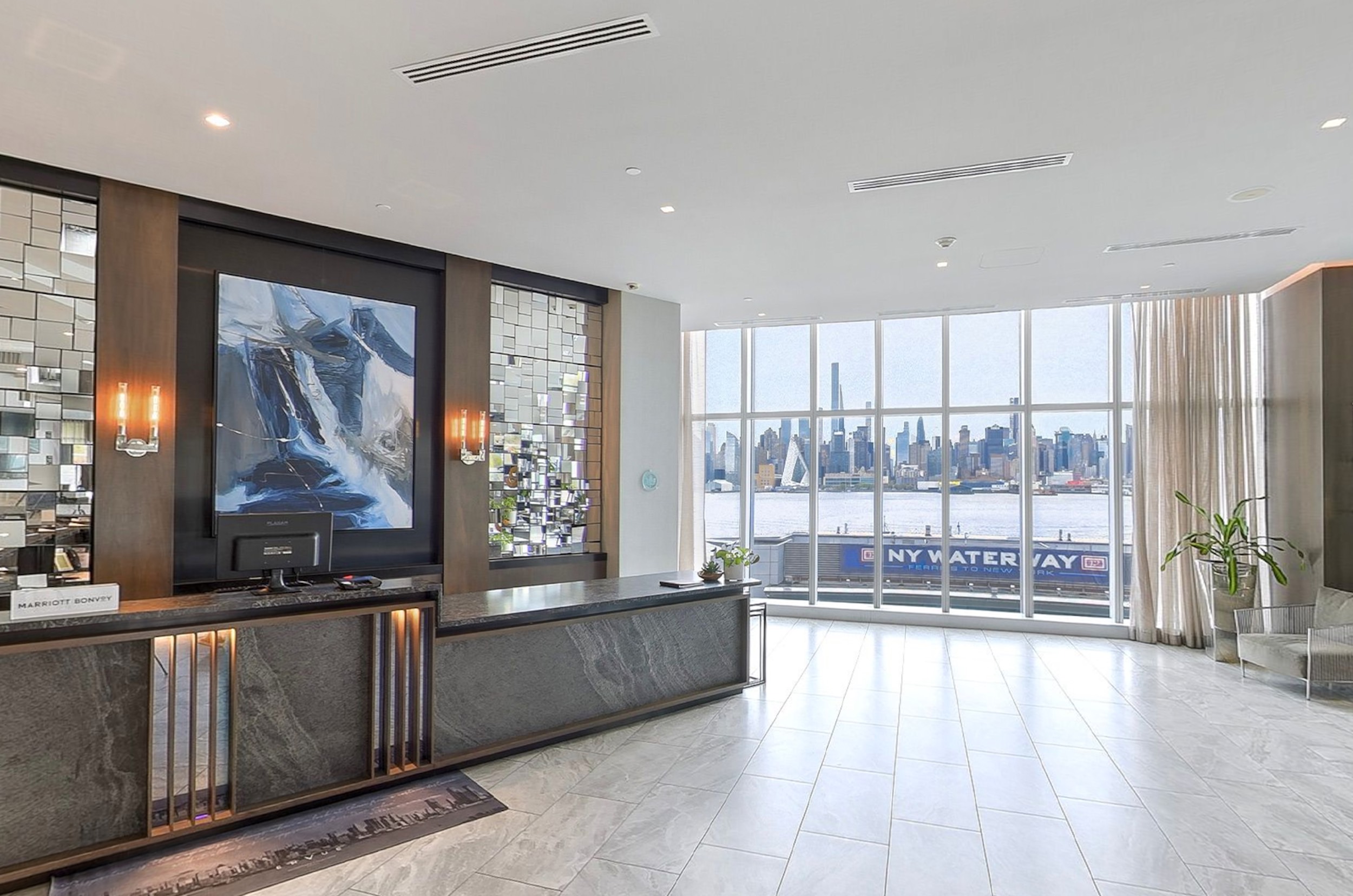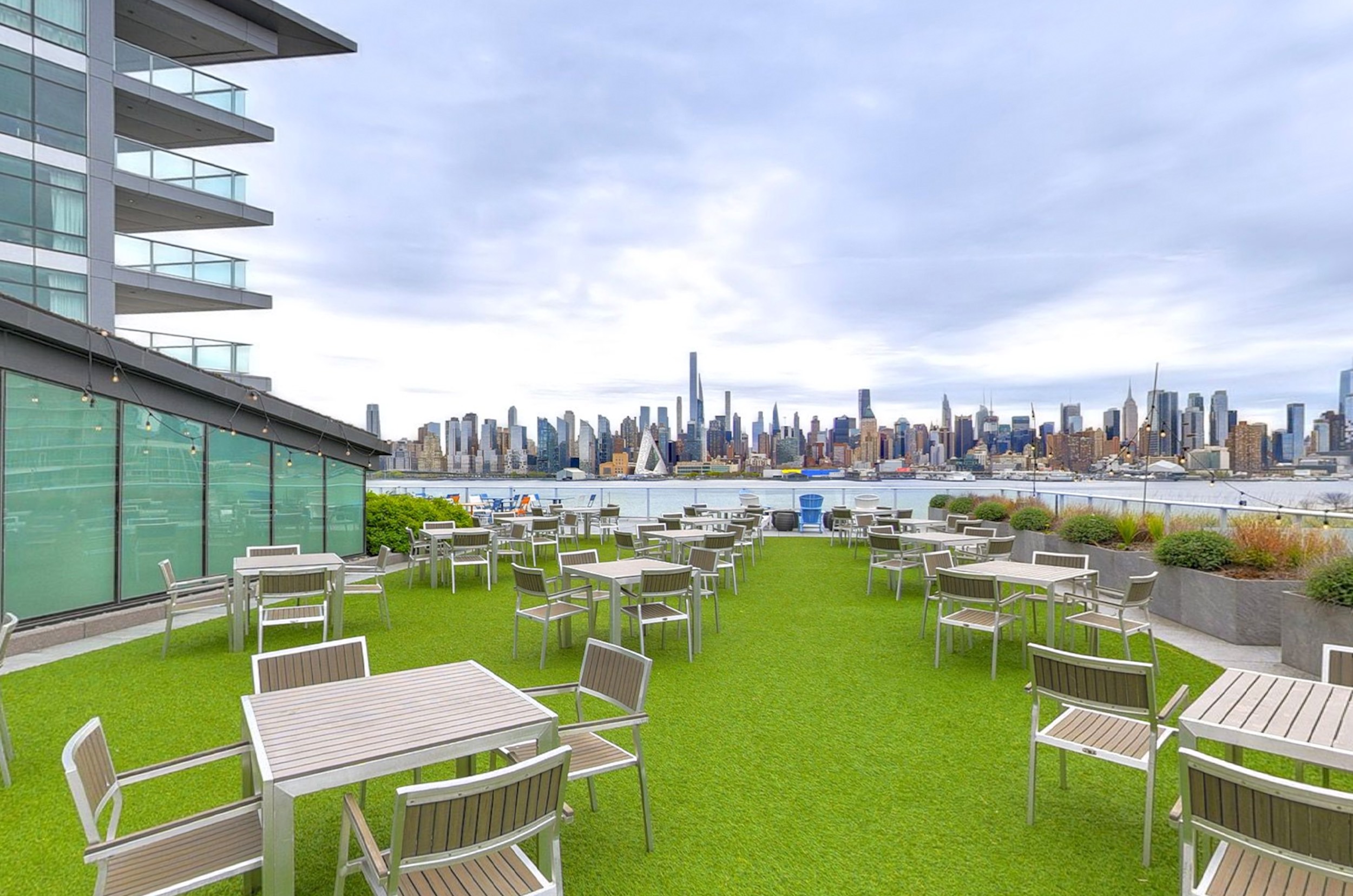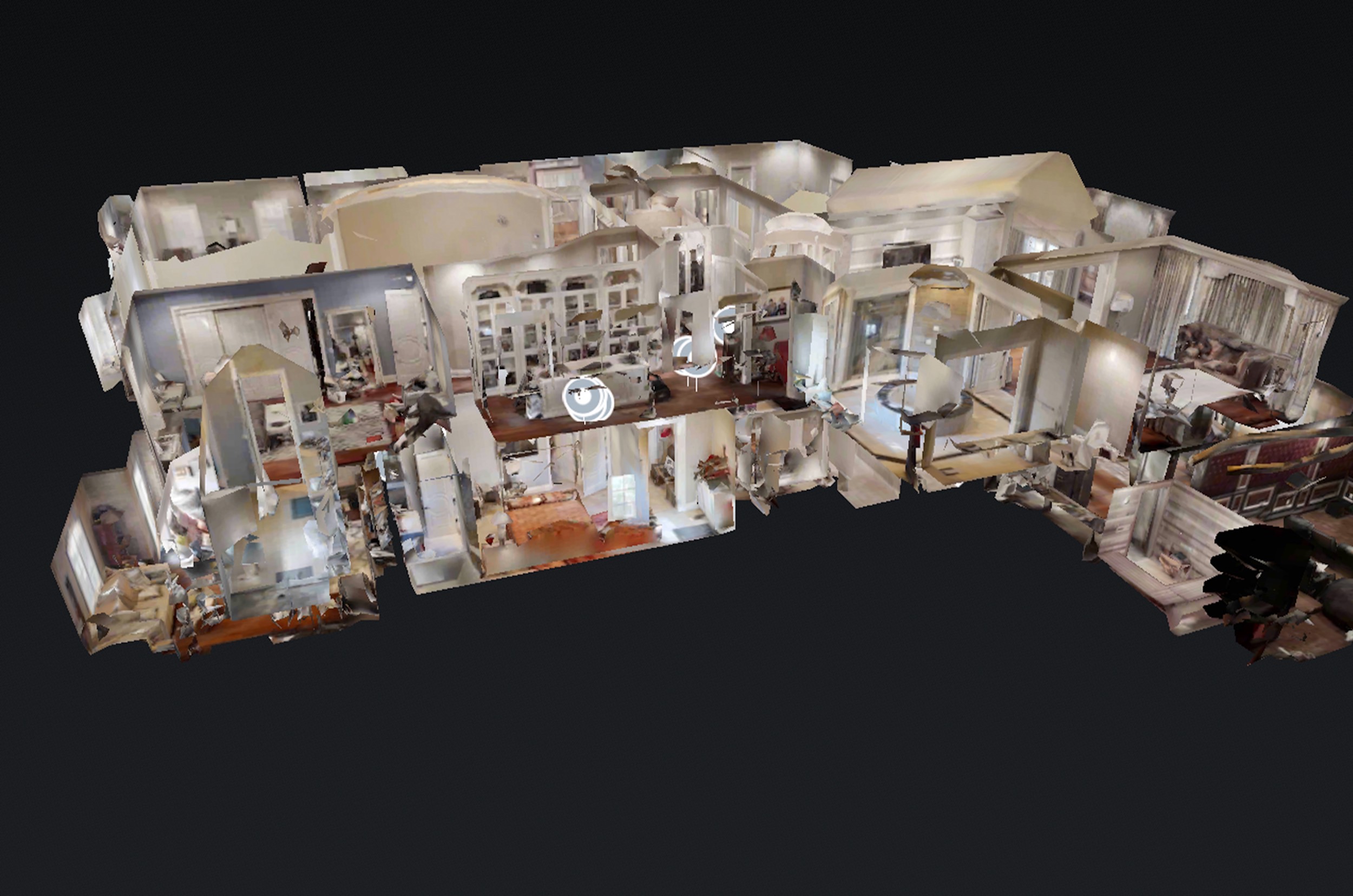The world of virtual tours has exploded in recent years, offering businesses and individuals alike a powerful way to showcase spaces and experiences. But not all 360 virtual tours are created equal. A truly high-quality, high-definition experience transcends simple image stitching; it’s about creating an immersive and engaging journey that captivates the viewer.
Image Clarity and High Resolution – A 360 Virtual Tour Must
This blog post will talk about the key elements that define a superior 360 virtual tour. The first and most obvious aspect is image resolution and clarity. A blurry, pixelated tour is instantly off-putting. High-quality tours utilize high-resolution cameras capable of capturing incredibly detailed images.
This ensures that textures, details, and even subtle nuances within the environment are clearly visible, creating a realistic and immersive experience. Think crisp, sharp images that allow viewers to practically reach out and touch the objects within the scene. The difference between a low resolution and a high resolution 360 virtual tour is night and day, with higher resolutions, generally you get truly breathtaking results.
Understanding Lighting and Exposure With 360 Virtual Tours
Beyond high resolution, lighting and exposure play a crucial role. Poorly lit scenes can appear dark, murky, and uninviting.
A high-quality tour will boast well-balanced lighting, showcasing the space in its best light (pun intended!). This involves careful consideration of natural and artificial light sources, ensuring that the scene is evenly illuminated without harsh shadows or overexposed areas. Proper exposure also contributes to the overall realism and visual appeal of the tour.
360 Virtual Tours With Seamless Navigation
Seamless stitching and navigation are critical for a smooth and enjoyable user experience. The individual images that comprise the 360° view need to be stitched together flawlessly, creating a seamless panorama with no visible seams or artifacts.
Clunky or jumpy navigation can quickly break the immersion. High-quality tours utilize advanced stitching software and techniques to ensure smooth transitions between viewpoints, allowing users to explore the environment naturally and intuitively. Furthermore, intuitive controls and easy navigation are essential; viewers shouldn’t struggle to move around the space.
360 Virtual Tours With Interactive Features
Consider features like interactive hotspots, allowing users to click on specific areas for more information or to transition to different parts of the tour.
Finally, immersive elements can elevate a good virtual tour to a great one. This could include interactive elements like embedded videos, 3D models, or even virtual reality (VR) compatibility. These additions provide an extra layer of engagement, allowing users to interact with the environment in a more meaningful way.
Think about incorporating soundscapes to enhance the atmosphere, adding an extra dimension of realism and immersion.In conclusion, a high-quality 360 virtual tour is more than just a collection of stitched images. It’s a meticulously crafted experience that prioritizes high resolution, excellent lighting, seamless navigation, and engaging interactive elements.
Conclusion
By paying attention to these details, creators can deliver a truly captivating and immersive experience that leaves a lasting impression on the viewer. The result is not just a virtual tour, but a virtual journey.







